Our reading for Trinity 5 in Year C continues our mini-series in Colossian, following on from last week’s passage with Col 1.15–28. (Once more the lectionary does odd things, giving us a long, dense reading and then, inexplicably, cutting off the last verse of the chapter.)
There is much scholarly debate on this passage—was Paul quoting or adapting something, or composing himself, and what is the aim of this material—but you don’t need to solve all these problems in order to preach and read it well!
Paul is drawing on OT images of creation and wisdom, and (as he does elsewhere) incorporating the identity of Jesus into the monotheism belief in the God of Israel. There is striking contrast with the focus of the ‘hymn’ in Phil 2 (though also some parallels), but this most significant theological passage in Paul’s writings also has clear pastoral and personal consequences.
(If you want to explore the number 153, since this is video number 153, read the article here.
The gospel reading is Luke 10.38–42, the fascinating (and misread) story of Jesus with Mary and Martha. The video discussion is here
and the written commentary is here.
 Buy me a Coffee
Buy me a Coffee



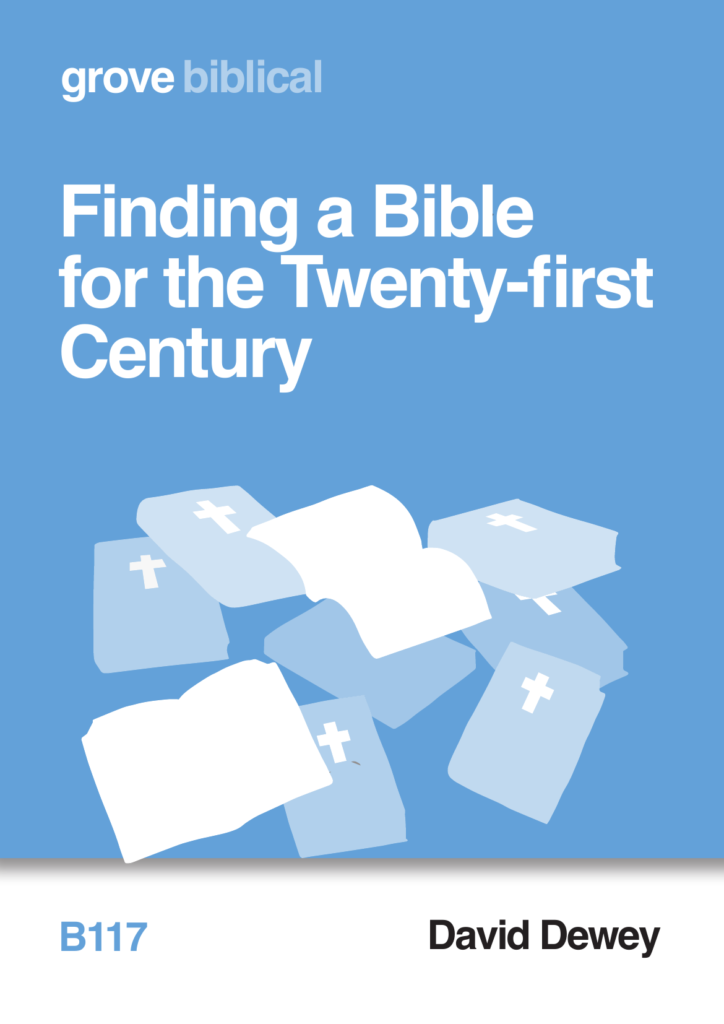




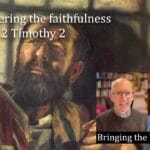



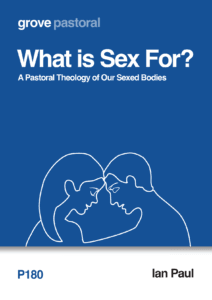
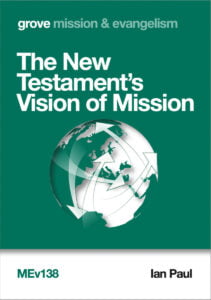
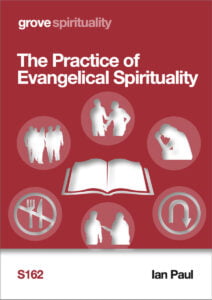
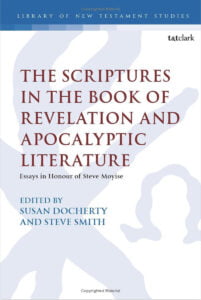
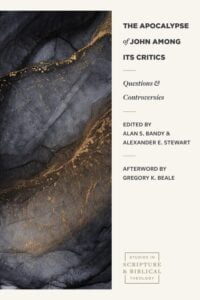
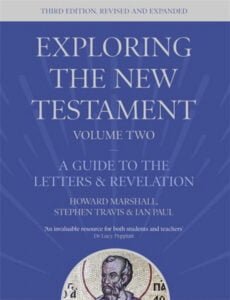
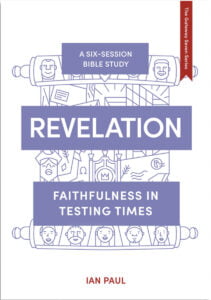
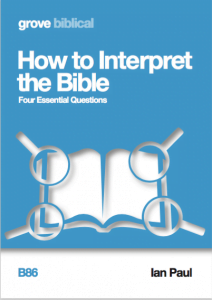
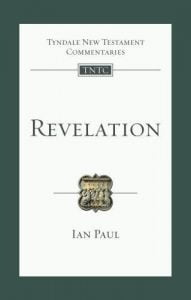
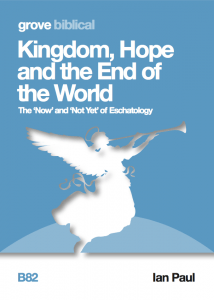
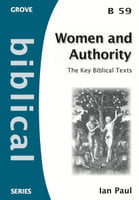
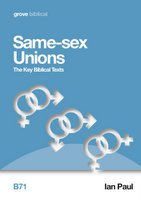



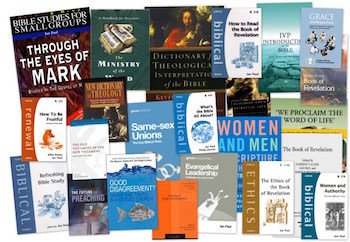
No comments on the Glory of The Gospel;
the glory of the Ministry?
Thank you Ian and James very much! And Ian especially for the ‘digression’ on your horse — glad you brought him/her out of the stable.
Reconciliation in Paul — Yes!! Just wondering — the ‘you’ in 1:21 who ‘were estranged’ — could this be referring to gentiles as a ‘group’ rather than humans in general? So basically, who are the referents of ‘you’ throughout Colossians which possibly (probably) is resolved *in each case* pragmatically rather than by syntax.
1:24 and the idea of Paul’s sufferings — completing what was accomplished by Jesus on the cross. Ian you went to Revelation 🙂 — what the saints accomplished through Jesus and their testimony. (Have I understood correctly?) I have wondered how Paul might describe what he thought he was ‘doing’ in writing EpPhilemon to reconcile Philemon and Onesimus. Could he (would he?) describe it in terms of ‘completing’ Christ’s afflictions? In 2:14 he talks about the cheirographon against us being erased on the cross, but then Paul in Philemon 19 produces a ‘perfect’ example of a cheirographon to ‘help’ the reconciliation between Philemon and Onesimus. Interesting!??
Now I will put my horse back in its stable 🙂